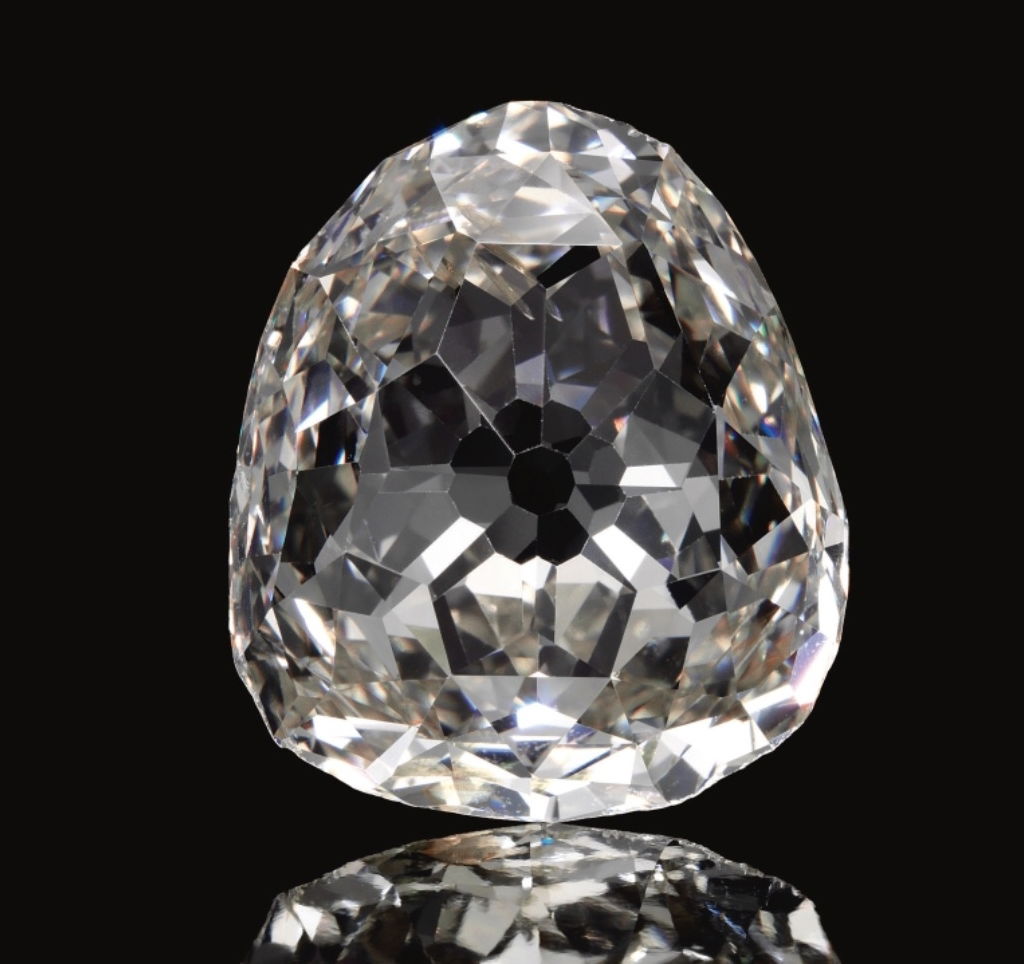Understanding Jewellery was first published in 1989 and still enjoys a constant wide international readership having been reprinted 11 times and appeared in several translations including Italian, Hungarian, Japanese and Russian.
Earlier this year a long-awaited Chinese edition has come out to cater for the rapidly expanding interest in antique and period jewellery in mainland China.
The printed version of the book however, does not contain our favourite stone which came up for auction well after the last additions to text and images had been made, although it features in an article published on our website which can be accessed here





